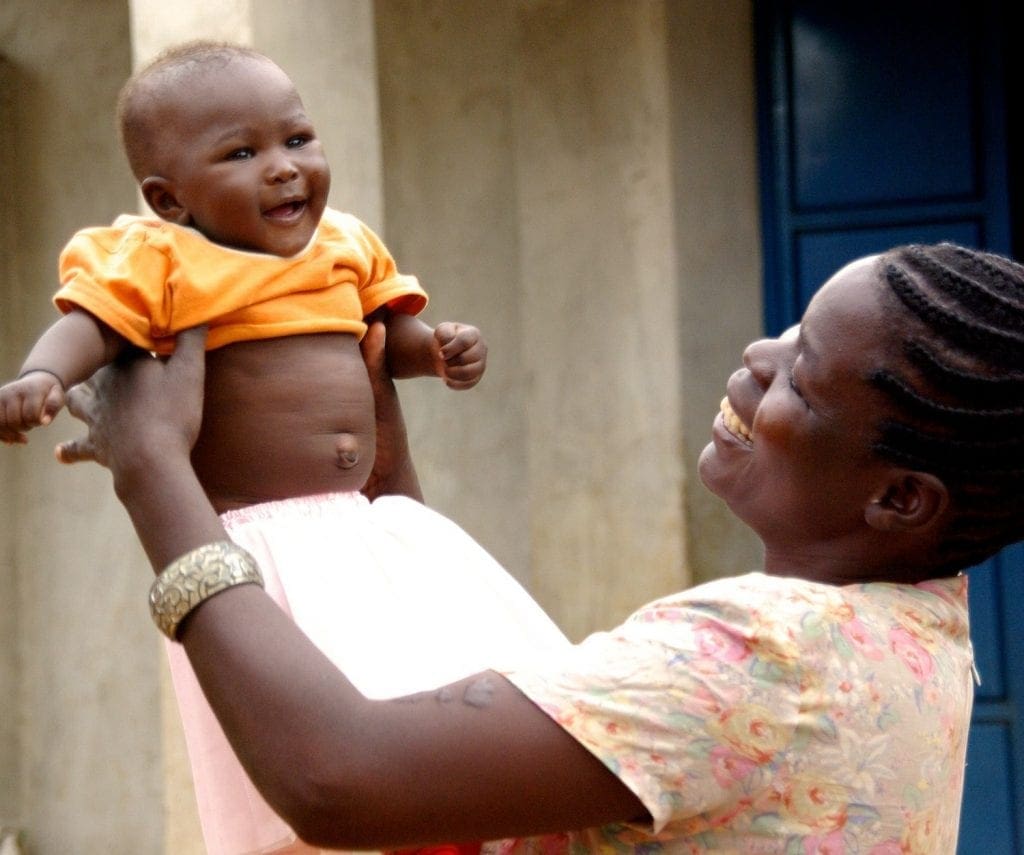Report | 22 July | Download PDF
Implementation of national policies on medicine pricing, an efficient supply chain management system, integrated county procurement strategies as well as prudent budgeting and fair allocation for commodities are all essential in ensuring medicines are affordable and available at every facility, for everyone, anywhere. While policies are also greatly needed to improve health infrastructure, health education and financing are further required to ensure the rational use of medicines. Even in the face of weak infrastructure and gross inequality that underpins poverty prevalence; improvements in access can be achieved. However, without reliable information on medicine prices and availability, governments are working in an evidence vacuum. This restricts their ability to construct meaningful policy and properly evaluate the impact of any policy interventions.

The Health Action International (HAI)–World Health Organization (WHO) methodology to assess the price, availability, and affordability components of medicines provides valuable data. To date, the methodology has not specifically targeted commodities for sexual reproductive health. HAI has now adapted the methodology to focus on a specific set of sexual and reproductive health commodities (SRHC).
This study is the second roll-out of a planned yearly survey as part of HAI’s SRHC research under the Health Systems Advocacy (HSA) Partnership, and aims to create an overview of the current access to SRHC situation in Tanzania. The report provides data relating to the following questions:
- What price do people pay for SRHC?
- Do the prices and availability of the same commodities vary across the public, private and mission sectors?
- How affordable are commodities for ordinary people?
- What do health providers see as the main barriers to accessing SRHC?
This report details the access to SRHC situation in Tanzania and should be used to highlight potential areas for intervention to improve access to SRHC and monitor changes to access over time.